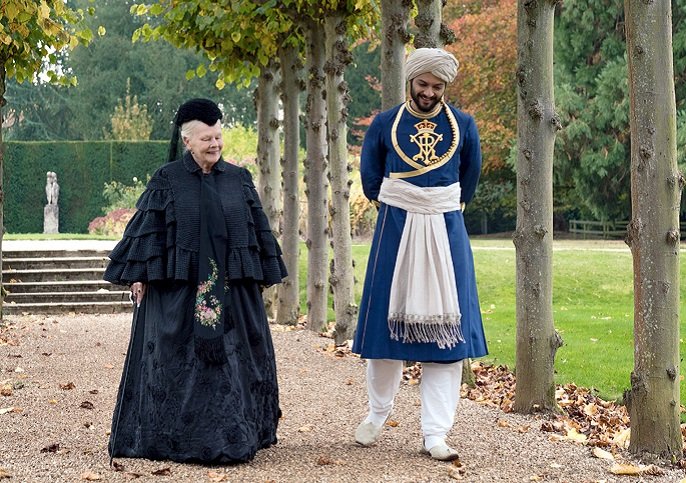There is an important dichotomy to recognise when discussing Queen Victoria, and that is the clear line that exists between Queen and Victoria. On one hand she was “Her Majesty Victoria, by the Grace of God, of the United Kingdom of Great Britain and Ireland Queen, Defender of the Faith, Empress of India” – the public face and figure of the British Empire, its head…







